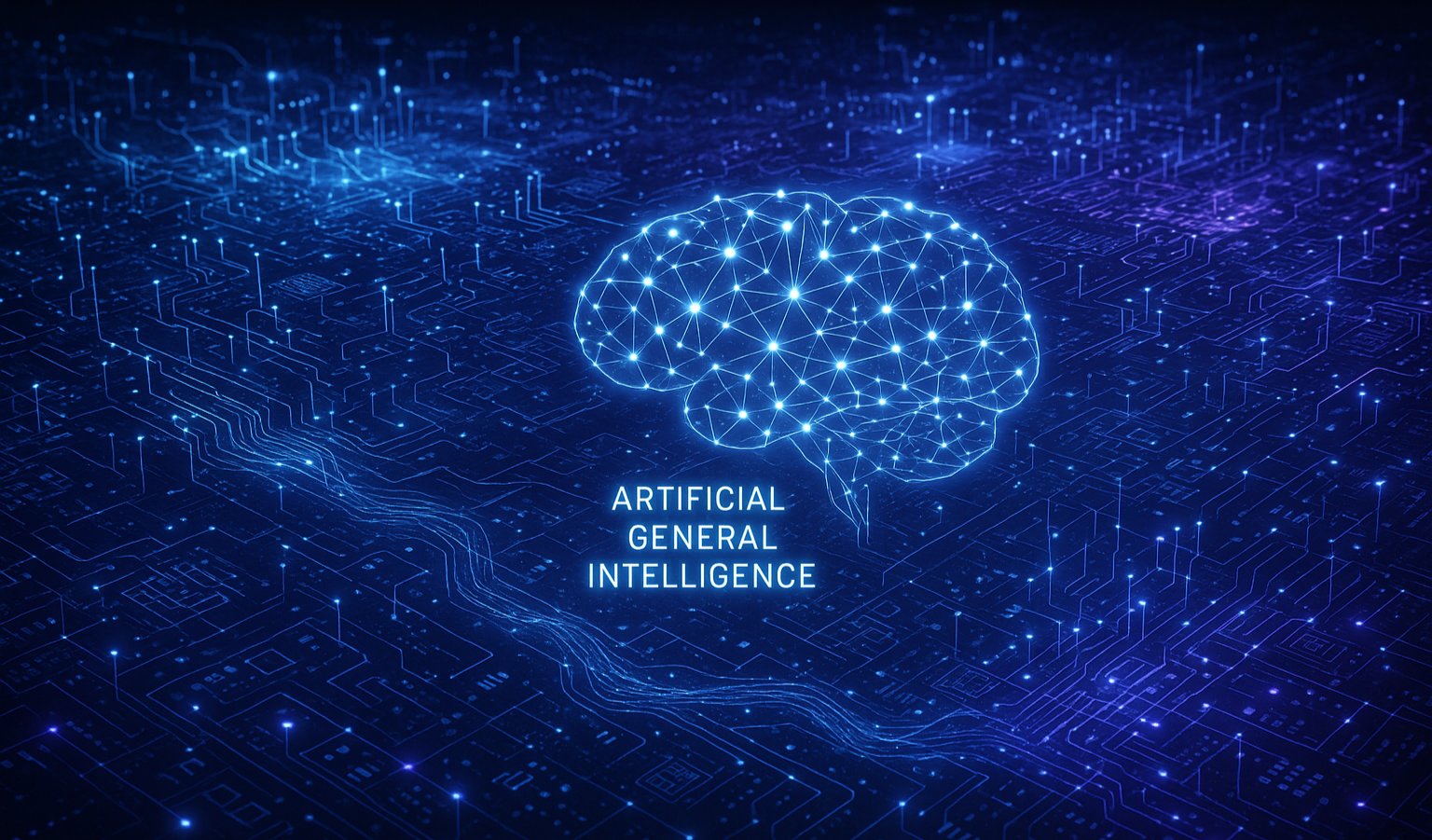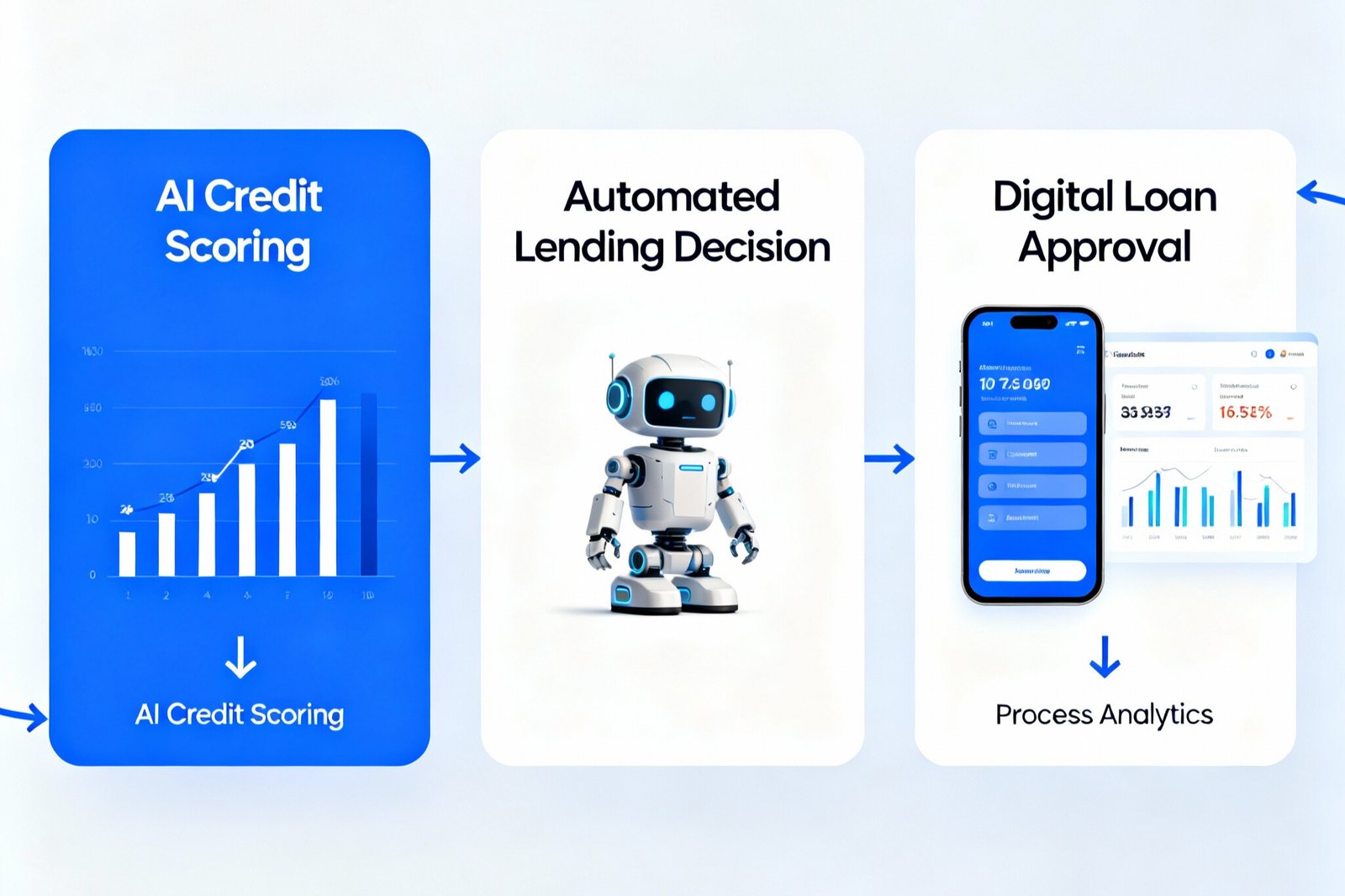Imagine an AI system so theoretically perfect that it could make optimal decisions in any environment, learn from any experience, and maximize rewards better than any other possible agent. This isn’t science fiction—it’s AIXI, a groundbreaking mathematical framework that represents the holy grail of artificial intelligence research.
AIXI (pronounced “AIXIE”) stands as one of the most important theoretical contributions to our understanding of artificial general intelligence (AGI). Developed by computer scientist Marcus Hutter in 2000, this mathematical model provides a theoretical blueprint for what optimal intelligence might look like. While we can’t build AIXI in practice due to computational constraints, it serves as a North Star for AI researchers worldwide, guiding our understanding of what perfect decision-making could achieve.
In this comprehensive guide, we’ll explore everything you need to know about AIXI—from its mathematical foundations to its real-world implications for the future of artificial intelligence.
What is AIXI? A Deep Dive into Optimal Intelligence
AIXI represents a theoretical framework that combines two powerful concepts: Solomonoff induction and sequential decision theory. Think of it as the mathematical description of a perfect learning agent that can adapt to any environment and make optimal decisions to maximize its rewards.
The name itself has dual interpretations. It can be understood as “AI based on Solomonoff’s distribution, denoted by ξ (xi)” or “AI crossed (X) with induction (I)”. Both interpretations capture the essence of what makes AIXI special—it’s an intelligence system that learns through induction while making optimal decisions.
Key Characteristics of AIXI
AIXI possesses several remarkable theoretical properties:
-
Universal Intelligence: It can operate optimally in any computable environment
-
Self-Optimizing: Its performance approaches the theoretical maximum as its lifetime increases
-
Pareto Optimal: No other agent can perform better across all possible environments
-
Balanced Optimality: It achieves optimal performance when considering weighted combinations of different environments
These characteristics make AIXI the gold standard for measuring intelligence in artificial systems.
The Mathematical Foundation Behind AIXI
Understanding AIXI requires grasping its mathematical underpinnings. The framework rests on two pillars: Solomonoff induction and reinforcement learning theory.
Solomonoff Induction: The Learning Engine
Solomonoff induction is a mathematical approach to learning that considers all possible explanations for observed data. AIXI uses this principle to:
-
Generate hypotheses about how the environment works
-
Assign probabilities to different explanations based on their complexity
-
Apply Occam’s razor—simpler explanations receive higher probability weights
-
Continuously update these probabilities as new observations arrive
Sequential Decision Theory: The Action Framework
The decision-making component of AIXI evaluates potential actions by:
-
Simulating outcomes for each possible action across all environmental hypotheses
-
Calculating expected rewards for different action sequences
-
Weighting results by the probability of each environmental model
-
Selecting actions that maximize expected total future rewards
This combination creates an agent that both learns optimally from experience and makes optimal decisions based on that learning.
How AIXI Works: The Decision-Making Process
The AIXI decision-making process follows a sophisticated multi-step approach that happens for every action the agent considers.
Step 1: Environmental Modeling
AIXI simultaneously considers every possible computable program that could represent its environment. This includes:
-
Simple rule-based environments
-
Complex dynamic systems
-
Partially observable scenarios
-
Stochastic environments with randomness
Step 2: Program Evaluation
For each potential action, AIXI:
-
Runs simulations using each environmental hypothesis
-
Calculates the total rewards that would result from that action
-
Considers not just immediate rewards but all future consequences
-
Evaluates different action sequences to find optimal strategies
Step 3: Probability Weighting
The framework applies Solomonoff’s universal prior, which means:
-
Shorter, simpler programs receive higher probability weights
-
More complex explanations are penalized but not excluded
-
The system naturally implements Occam’s razor in its reasoning
-
Probabilities are updated based on observed evidence
Step 4: Action Selection
AIXI chooses the action that maximizes expected total reward across all weighted environmental hypotheses. This ensures optimal decision-making even under uncertainty.
AIXI vs Other AI Approaches: What Makes It Special
AIXI differs fundamentally from current AI systems in several important ways:
Comparison with Modern AI Systems
| Aspect | AIXI | Modern AI Systems |
|---|---|---|
| Learning Scope | Universal – works in any computable environment | Domain-specific training |
| Optimality | Mathematically proven optimal | Performance varies by application |
| Theoretical Foundation | Complete mathematical framework | Empirical and heuristic approaches |
| Adaptability | Instant adaptation to new environments | Requires retraining or fine-tuning |
Advantages Over Current Approaches
AIXI offers several theoretical advantages:
-
No domain limitations: Unlike specialized AI systems, AIXI can theoretically handle any problem
-
Optimal learning: It learns the most efficient way possible from any experience
-
Perfect generalization: Knowledge transfers optimally between different situations
-
Provable performance: Its optimality properties are mathematically guaranteed
Why We Can’t Build AIXI Today
Despite its theoretical perfection, AIXI faces insurmountable practical challenges:
-
Computational impossibility: The framework requires infinite computational resources
-
Uncomputable operations: Some calculations involved are mathematically uncomputable
-
Resource constraints: Real-world implementation would require more computing power than exists in the universe
Real-World Applications and Current Limitations
While we cannot implement AIXI directly, its influence on AI research has been profound and continues to shape how we think about intelligence.
Practical Applications of AIXI Principles
Researchers have developed AIXI-inspired approaches for:
-
Approximate AIXI (AIXItl): Limited-resource versions for specific problems
-
Monte Carlo AIXI: Sampling-based approximations for practical implementation
-
Reinforcement Learning: Modern RL algorithms incorporate AIXI-inspired principles
-
Universal Intelligence Metrics: AIXI provides benchmarks for measuring AI performance
Current Research Directions
Active research areas inspired by AIXI include:
-
Approximation Algorithms: Developing computationally feasible versions
-
Bounded Rationality: Creating agents that work within resource constraints
-
Safe AGI Design: Using AIXI principles to understand AI alignment
-
Intelligence Metrics: Developing better ways to measure AI capability
Notable Limitations and Criticisms
AIXI faces several theoretical and practical criticisms:
-
Computability Assumption: Assumes the environment is computable, which may not always hold
-
Embodiment Problem: Cannot consider being modified or damaged by its environment
-
Reward Hacking: May find unexpected ways to maximize rewards that don’t align with intended goals
-
Implementation Gap: The distance between theory and practice remains vast
The Future of AIXI Research and AGI Development
AIXI continues to influence cutting-edge research in artificial general intelligence, providing both inspiration and cautionary lessons for researchers.
Emerging Research Areas
Several promising directions build on AIXI foundations:
Resource-Bounded Intelligence: Researchers are developing new frameworks that maintain AIXI’s optimality principles while working within computational constraints.
Safe AGI Architectures: AIXI research helps identify potential problems with superintelligent systems, informing safer AI development approaches.
Universal Intelligence Testing: The framework provides theoretical foundations for creating better benchmarks to evaluate AI systems across diverse tasks.
Impact on Current AI Development
Modern AI systems increasingly incorporate principles inspired by AIXI:
-
Multi-task learning systems that generalize across domains
-
Meta-learning algorithms that learn how to learn more efficiently
-
Exploration strategies in reinforcement learning that balance known and unknown options
-
Bayesian approaches to uncertainty quantification in AI systems
Long-term Implications
AIXI research suggests several important considerations for the future:
-
Theoretical limits: Understanding what optimal intelligence can and cannot achieve
-
Safety considerations: Identifying potential risks from highly capable AI systems
-
Measurement frameworks: Developing better ways to evaluate and compare AI capabilities
-
Resource allocation: Understanding the computational costs of different approaches to intelligence
Conclusion
AIXI represents a remarkable achievement in theoretical computer science—a mathematical proof that optimal intelligence is possible, even if we cannot implement it with current technology. This framework has fundamentally shaped our understanding of what artificial general intelligence could achieve and what challenges we must overcome to get there.
While AIXI cannot be built in practice, its influence permeates modern AI research. From reinforcement learning algorithms to multi-task learning systems, the principles behind AIXI continue to inspire new approaches to artificial intelligence. The framework serves as both an aspirational goal and a practical guide for researchers working toward more capable, general-purpose AI systems.
As we continue advancing toward artificial general intelligence, AIXI remains our best theoretical model of what optimal intelligence looks like. It reminds us that the journey toward AGI involves not just engineering challenges, but fundamental questions about the nature of intelligence itself.
Understanding AIXI helps us appreciate both the tremendous potential and inherent limitations of artificial intelligence, guiding us toward more thoughtful and effective approaches to building the AI systems of tomorrow.
FAQs
Q1: Can AIXI actually be built and used in real applications?
A: No, AIXI cannot be implemented in practice because it requires infinite computational resources and involves mathematically uncomputable operations. However, researchers have developed approximations like AIXItl and Monte Carlo AIXI for specific applications.
Q2: How does AIXI differ from current AI systems like ChatGPT or GPT-4?
A: AIXI is a theoretical framework for optimal intelligence that can work in any environment, while current AI systems are trained for specific tasks. AIXI would be mathematically optimal, whereas current systems achieve good performance through approximations and heuristics.
Q3: Who created AIXI and when?
A: AIXI was developed by computer scientist Marcus Hutter in 2000. It builds on earlier work by Ray Solomonoff on algorithmic information theory and inductive inference.
Q4: What does AIXI stand for?
A: AIXI can be interpreted as “AI based on Solomonoff’s distribution, denoted by ξ (xi)” or “AI crossed (X) with induction (I).” Both interpretations reflect its foundation in inductive learning and decision theory.
Q5: Is AIXI relevant to current AI safety research?
A: Yes, AIXI research helps identify potential problems with superintelligent systems and informs safer AI development approaches. Understanding its limitations helps researchers anticipate challenges in building safe AGI systems.
Q6: Could quantum computing make AIXI implementable?
A: While quantum computing offers significant advantages for certain problems, it cannot solve the fundamental computability issues that make AIXI unimplementable. The framework requires operations that are uncomputable even with unlimited quantum resources.








Leave a Reply